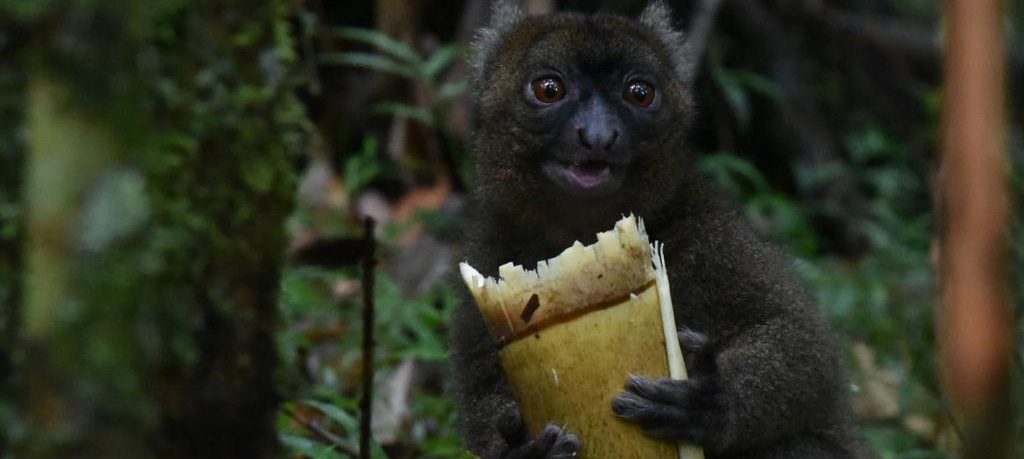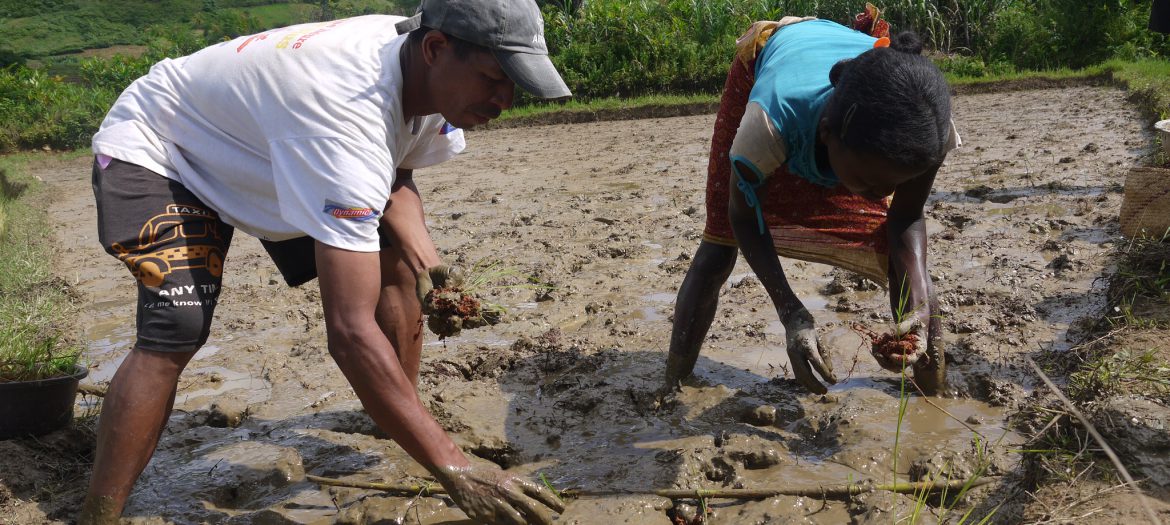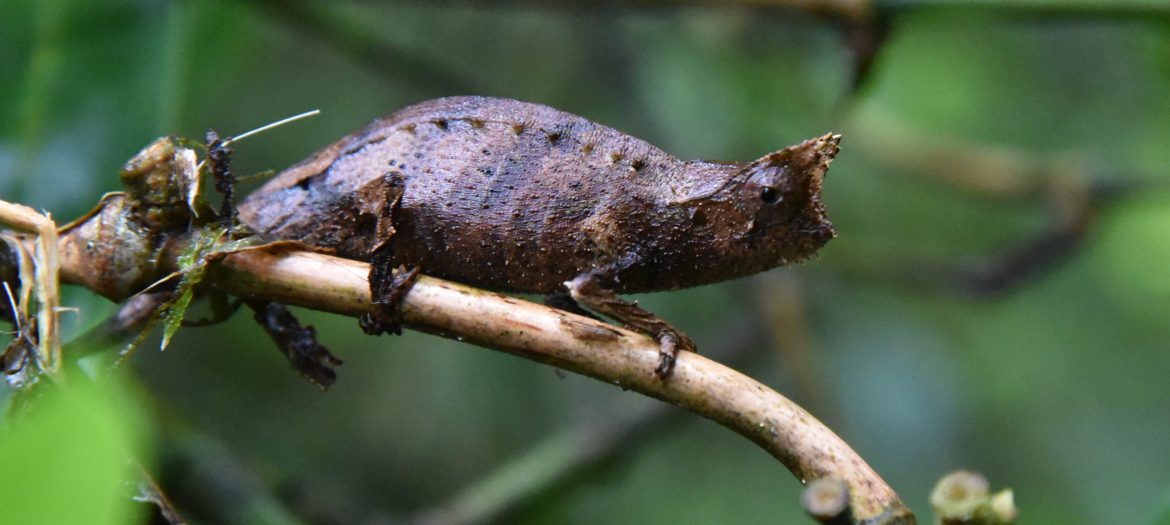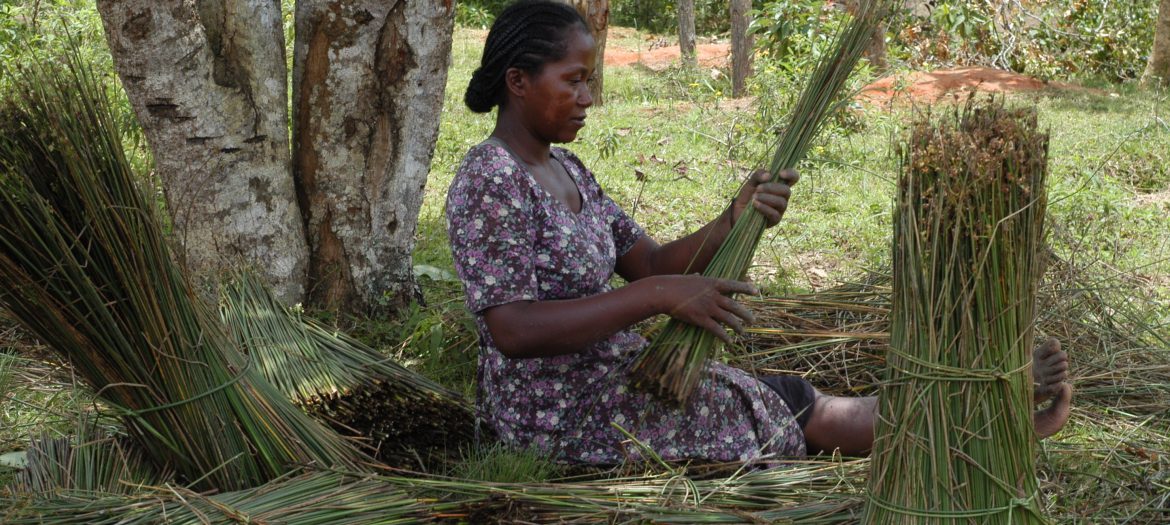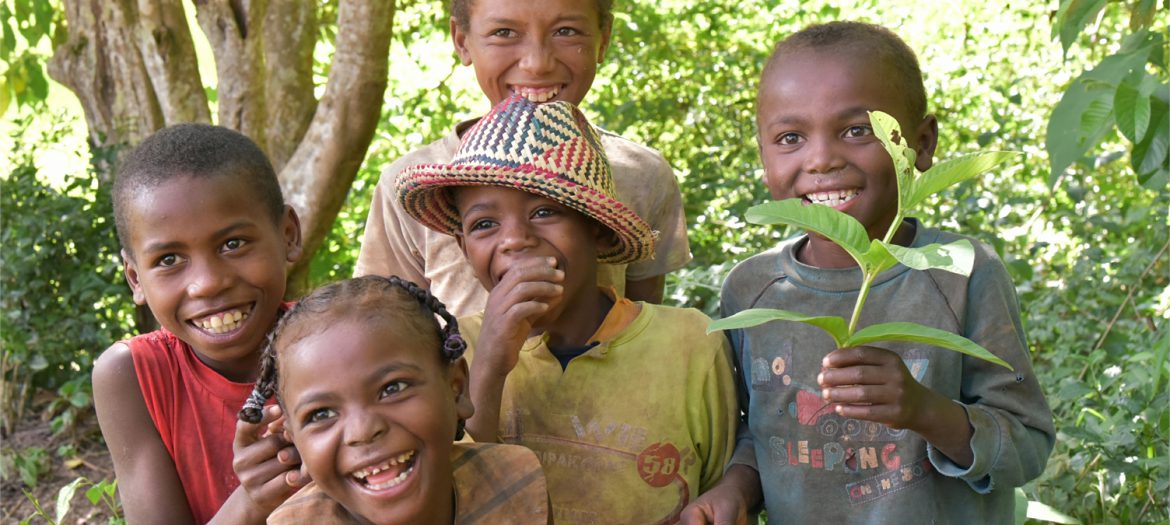Water and controlling its quality play an important role in development as well as in improving living conditions for Madagascar’s population. Obtaining reliable supplies of clean drinking water is a major challenge in Madagascar. According to figures supplied by the Ministry of Water, in 2015 just 38.9% of the population had access to improved drinking water and just 27.7% had access to clean drinking water (INSTAT/ENSOMD 2012-2013).
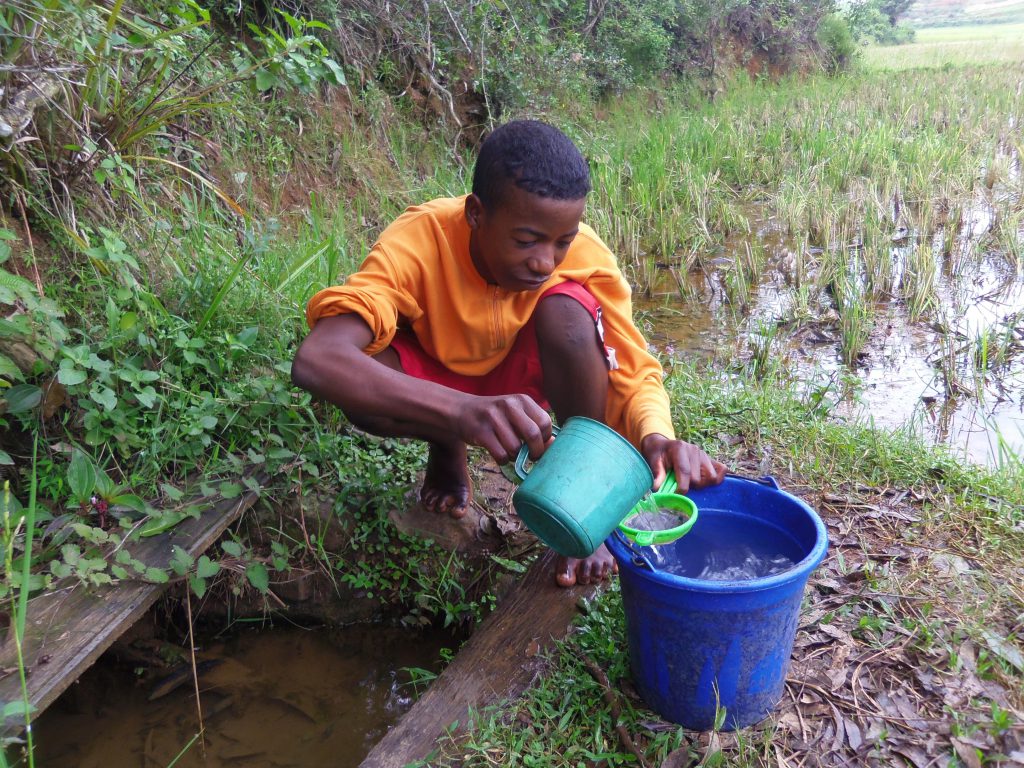
In the cities, even in places where there are fountains this is still not enough. Many people waste time fetching water or waiting in line to access the fountains. In rural areas, inhabitants must travel kilometres to collect water from rivers and from sources around the villages that is often not clean enough to drink. This tedious task is carried out mostly by women and children. Vectors of many parasitic diseases such as the diarrhoea or the bilharziose, the unhealthy points of water where supply the population represent today the first cause of infection and death of the kids.
Defecation in the open is still widely practiced. In Madagascar there are very few systems of sanitation or excrement disposal. In general, people defecate around the villages, sheltered by the bushes. Because of this, runoff pollutes the water sources where every family washes, cleans their clothes and collects water from for cooking and drinking. Less than 58% of primary schools have latrines (MoE database 2011), and less than 15% of basic health centres are equipped with some kind of drinking water source (MINSANPF database 2009).
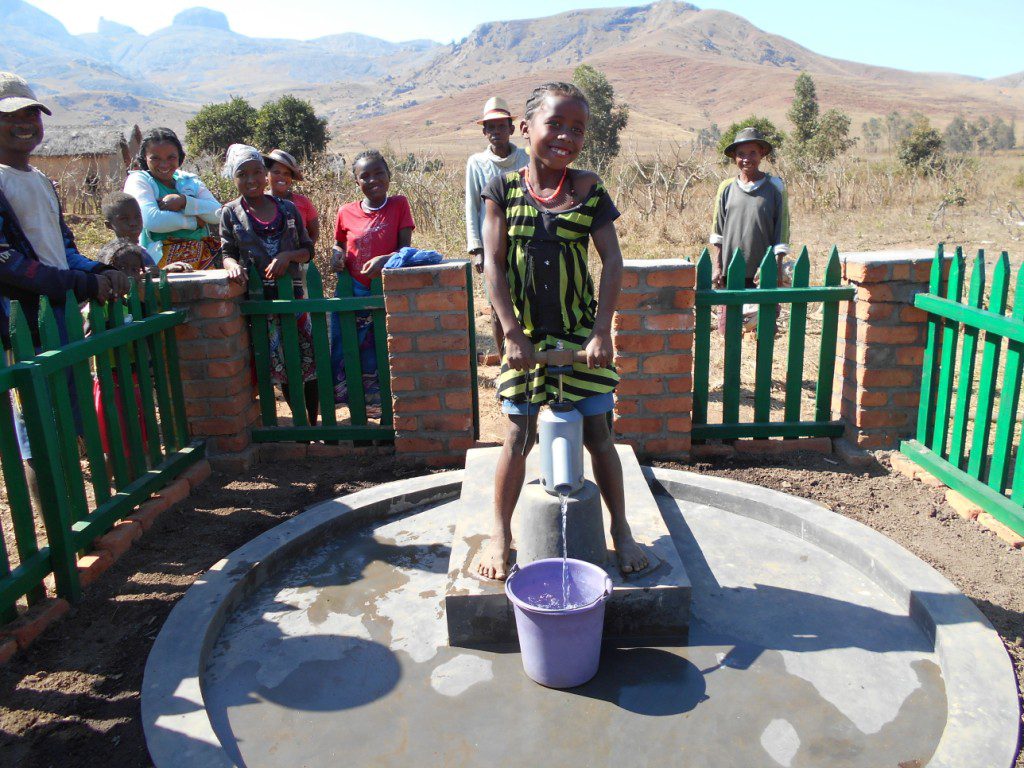
In light of this situation, Ny Tanintsika helps to facilitate access to clean drinking water for the country’s population, particularly in rural areas. Water pumps and filters have been built in villages, as well as schools and health centres.




